ARTICLE AD BOX
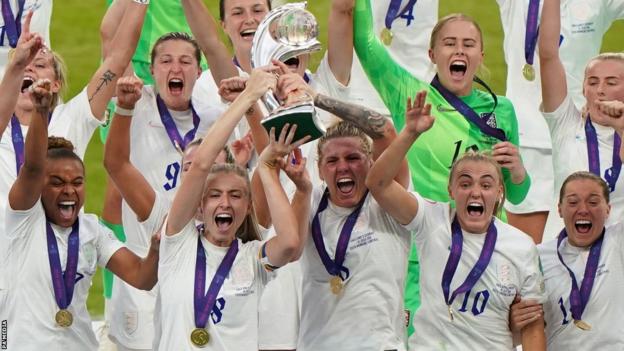 England became European champions for the first time when they hosted the women's tournament in 2022
England became European champions for the first time when they hosted the women's tournament in 2022The number of girls playing football in England has increased by 100,000 since 2017, even before the impact of the Lionesses' Euro 2022 triumph is taken into account.
It found girls' participation in football had increased dramatically since the first survey in 2017-18, with the data gathered prior to England's European Championship win in July.
The survey found 98,000 more girls were classed as active - defined as doing 60 minutes or more of sport and physical activity per day - compared with the most recent pre-pandemic survey in 2018-19.
It also found secondary school-age girls are now more active than at any point since the survey began five years ago.
Overall it found 3.4 million children (47.2% of those surveyed) were classed as active, meaning levels of activity on the whole had recovered to pre-pandemic levels.
The survey found 219,000 more children were now classified as active compared with 2020-21. However, the data still highlighted areas of inequality.
Boys were 5% more likely to be active than girls (50% compared with 45%), while a child's socio-economic background remains a key factor.
Children from less affluent families were found to be 10% less likely to be active than those from more affluent families - 42% compared with 52%.
- Euro 2022 final: 'We've changed the game' - England captain Leah Williamson
- Sport England: Number of active adults in England falls by 1.6m compared with pre-pandemic levels
The report says activity levels for different ethnicity groups are back in line with pre-pandemic levels with the exception of black children. Activity levels among black boys are 7.7% below where they were in 2018-19.
The gender gap in activity levels remains largest among Asian boys and girls, where boys are 10% more likely to be active than girls.
Sports minister Stuart Andrew said: "It is very encouraging to see a surge of children and young people returning to enjoy the benefits of physical activity since the pandemic. But I am clear that more still needs to be done.
"That is why we are investing £230m in grassroots facilities, and developing a bold new sports strategy. We will continue to work with Sport England to ensure every child has the access to the right facilities and opportunities both in and out of school."
Sport England chief executive Tim Hollingsworth added: "This overall growth is positive but there's more to do to help children and young people from all backgrounds enjoy the benefits of sport and physical activity.
"That's why we will advocate for children and young people, particularly those facing inequalities and less likely to take part in sport and physical activity, to be given a voice in decisions which affect their experiences to help ensure that those experiences are positive."

- How to win the World Cup: No live games today? No problem! Watch this instead on BBC iPlayer
- A dead oil magnet and a trainee detective: Watch the gripping drama, Granite Harbour, set in Aberdeen


 2 years ago
29
2 years ago
29
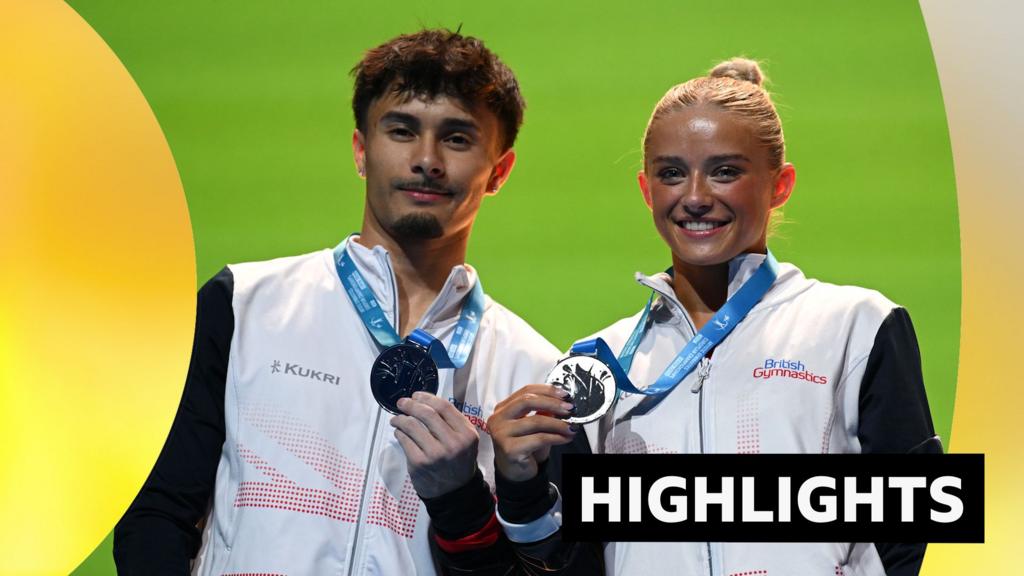
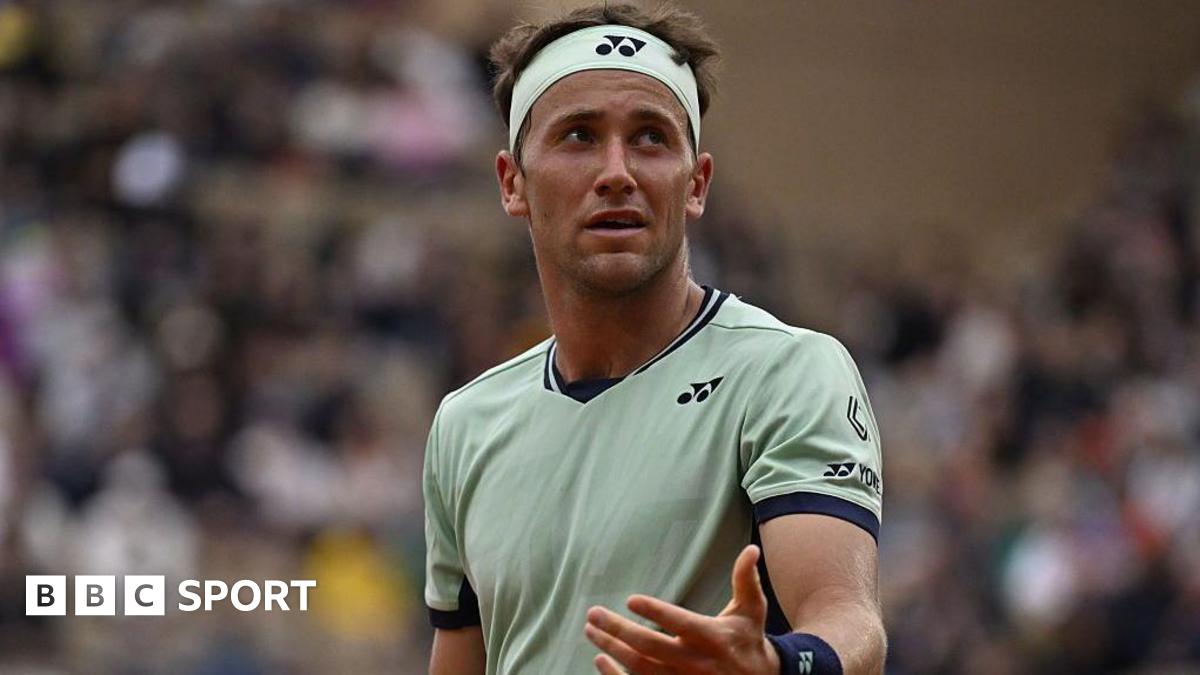

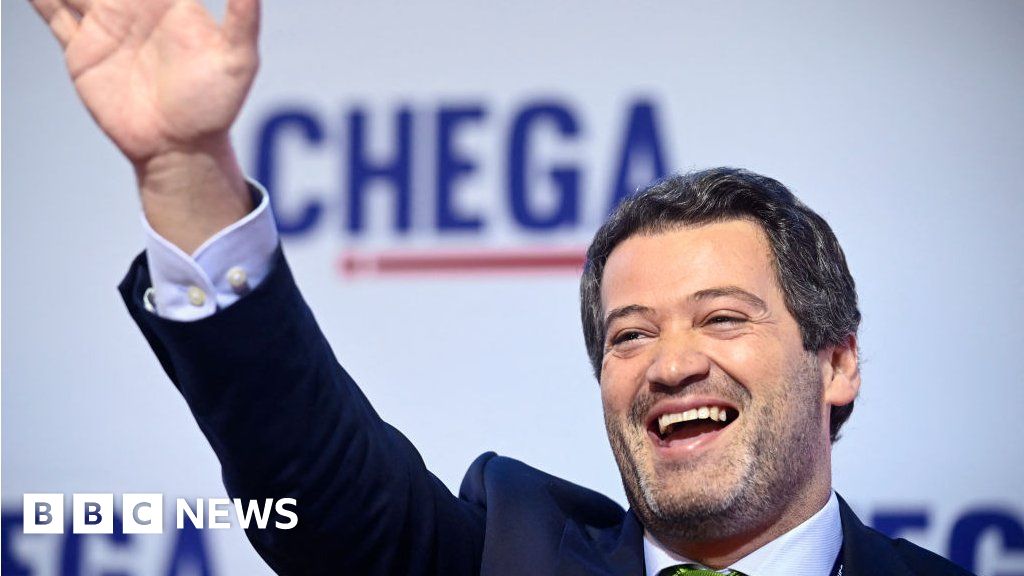
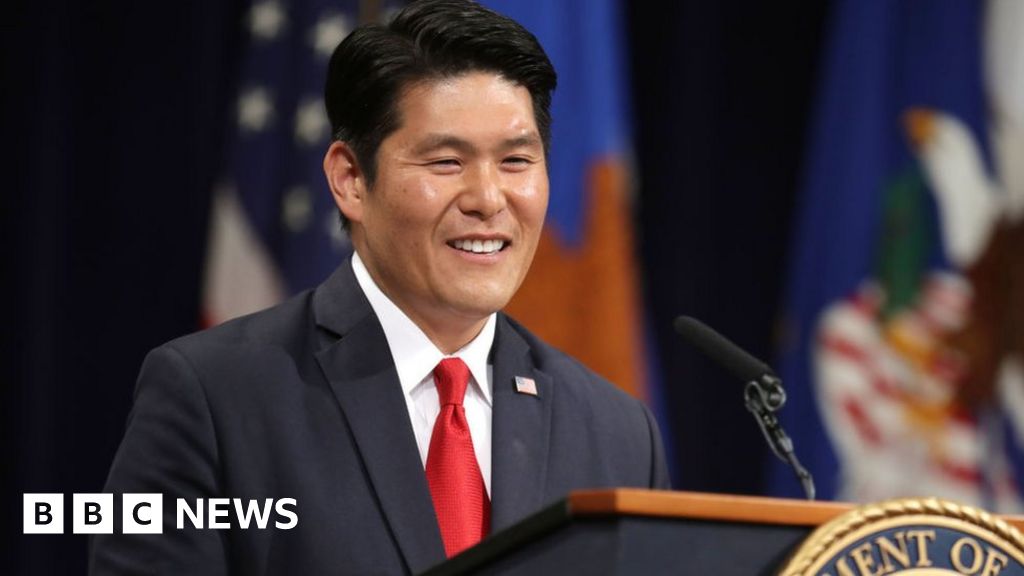
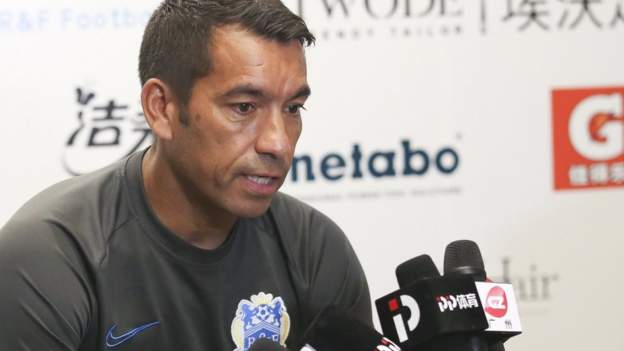
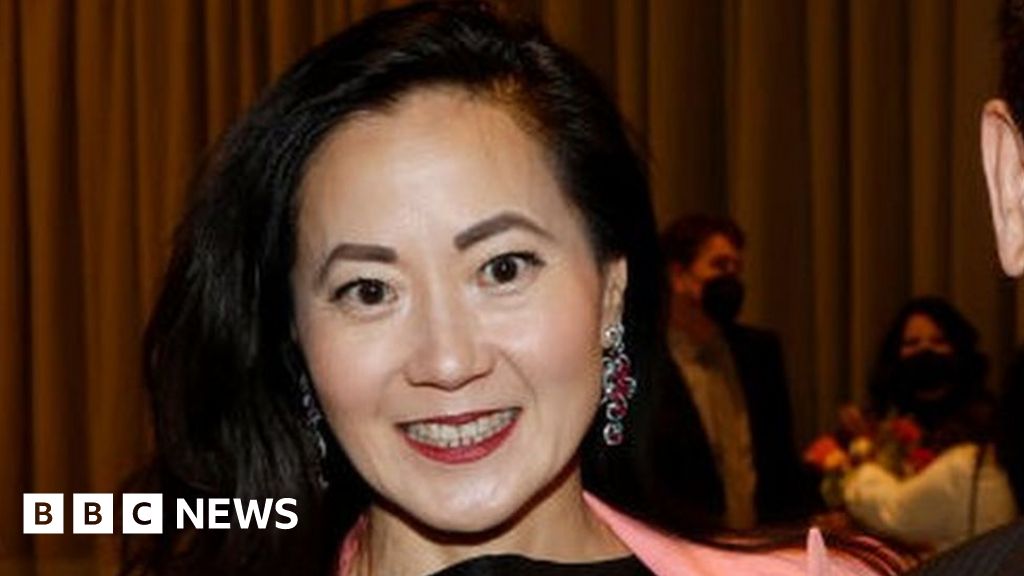
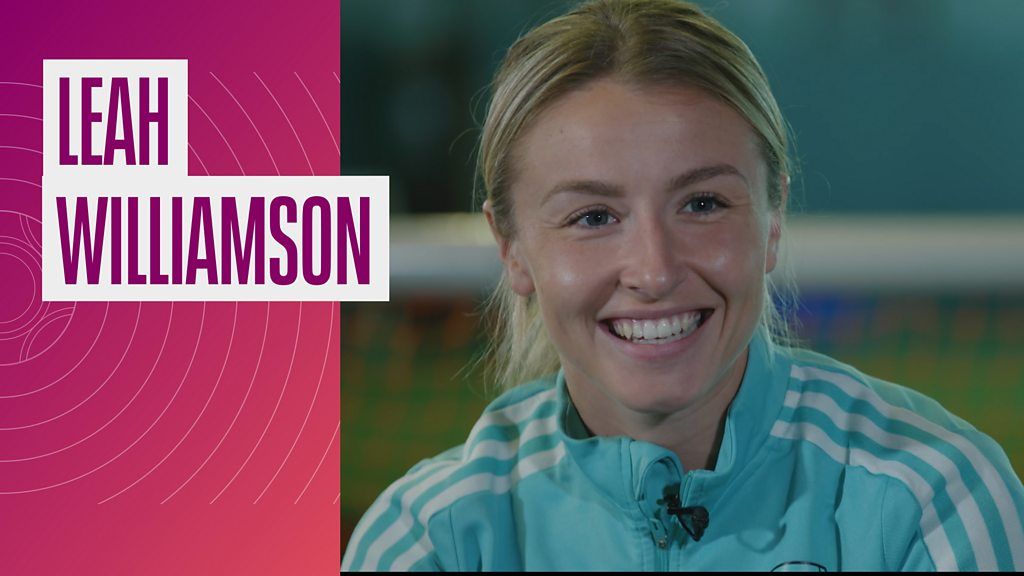
 English (US) ·
English (US) ·